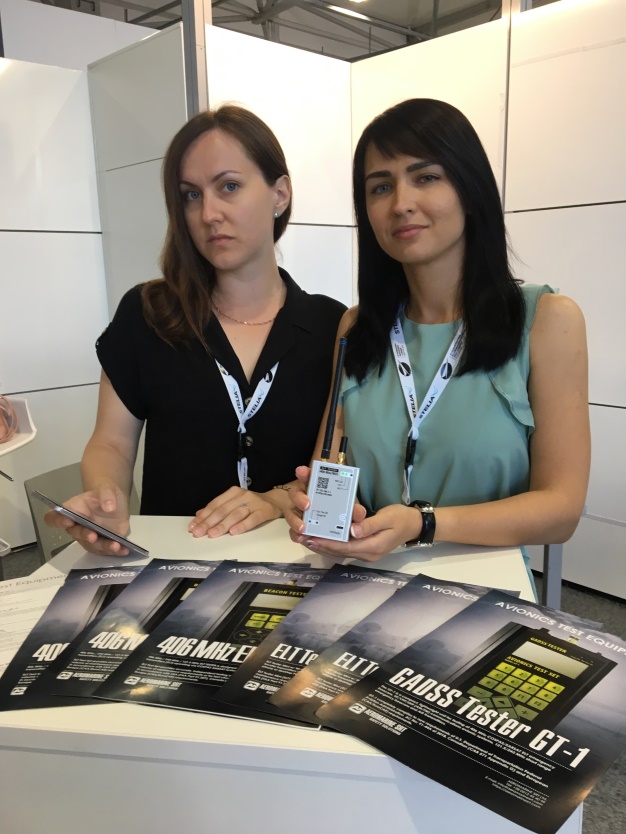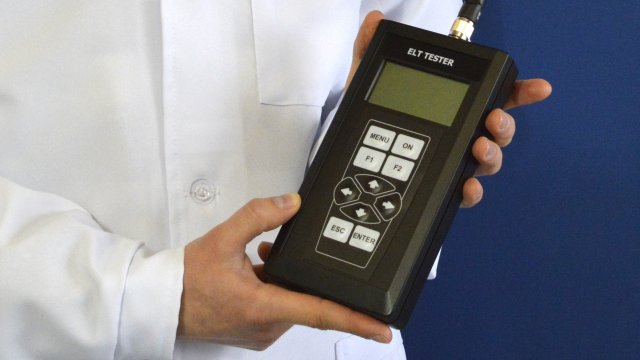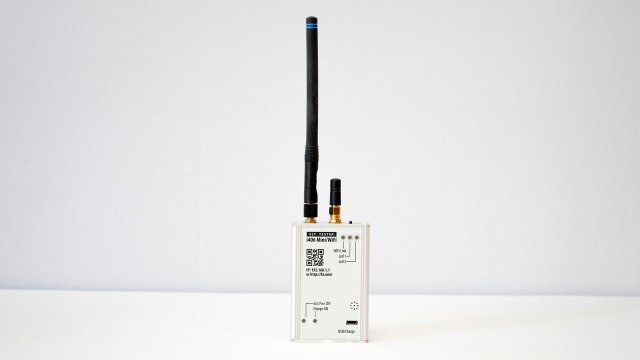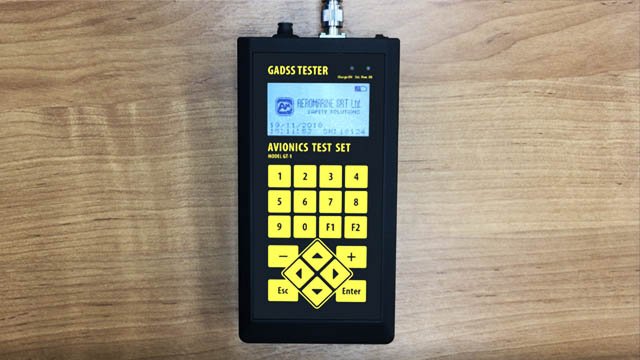ELT Testers at Paris Air Show 2019
As you know, one of Aeromarine SRT directions is manufacturing equipment for ELT testing. We always do our best to keep up with the times and it helps us to make our devices progressive and reliable.
So to learn more about achievements and innovations in the field of avionic testing, our team got going to the International Paris Air Show 2019 that took place in Le Bourget in the beginning of the summer.

We got opportunity to study the features, found out novelties in the sphere of avionic technologies and of course communicated with other manufacturers for experience exchanging.
Our team was presenting GADSS Tester GT-1 and ELT Tester Mini Wi-Fi which are designed for systematic onboard equipment testing. It should be noted that the devices had great response.

Of course we enjoyed the unforgettable aero show and were amazed by the professionalism of the pilots and the possibilities of the aircrafts.

If you are interested in the theme of ELT testing equipment but didn’t meet us at the SIAE 2019, you can simply make a request by means of our contact form and we will provide you all needed information.
We are developing for you!
Regards,
Aeromarine SRT Team.
406MHz ELT Tester

406 MHz / 243 MHz / 121.5 MHz ELT TESTER (ELTT-124 Test set) is designed to check the avionics emergency locator transmitters (ELT) operating via COSPAS-SARSAT system. Complies with USA (FAA Part 91.207), Canada (CAR 571 Appendix G), Europe (CAA/EuroCAE) requirements.
ELT Tester Mini Wi-Fi

ELT Tester Mini Wi-Fi is third generation device designed to check the avionics emergency locator transmitters (ELT) operating via COSPAS-SARSAT system. Tester is operating with any mobile phone or desktop PC by means of Wi-Fi connection.
Limit your 406 MHz Testing time
FAA regulations, Title 14 Code of Federal Regulations Section 91.207(d)(4), requires that an aircraft emergency locator transmitter (ELT) be tested annually for “the presence of a sufficient signal radiated from its antenna.” The Aeronautical Information Manual (AIM) in Chapter 6, Section 6-2-5, discusses ELTs, their use, and how to test them. To paraphrase a statement from a movie about a failed trip to the Moon, “Folks, we have a problem.” The FAA requires an ELT radiated test, but if the test is not done properly, the Federal Communication Commission (FCC) might take enforcement action against the person doing a 406 MHz ELT test.
Here is the problem. When the FAA test requirements were written, the basic ELT was an analog 121.5 MHz unit transmitting in the aeronautical frequency band. If the ELT being tested could not be isolated within an approved radio frequency shielded room or container, which keeps the signal from going beyond the room or container, a radiated test could be done within the first five minutes after the hour. The test requirements listed the number of recommended sweeps of the signal to minimize the risk of anyone thinking the test signal was an actual distress alert. The person doing the test would quickly activate the ELT, listen for its distinctive sound on a nearby aeronautical band aircraft radio or handheld transceiver and then turn off the ELT.
Distress Beacon Testing
Cospas-Sarsat 406 MHz distress beacons should only be activated when a ship, aircraft or person is in distress that is in grave and imminent danger and requiring immediate assistance. In between the manufacturers’ recommended maintenance and battery replacement cycles, the beacon can be tested by the owner using the self-test capability to ensure the continued functionality of the beacon.
There is normally no need for the beacon to be tested in an operational mode by a beacon owner.
The information provided in the following sections provides guidance on beacon testing and the procedures required in the unlikely and unusual event that an operational test of a beacon is required. The Maritime Safety Authority (MSA) does not grant approval for beacon operational tests unless the procedures outlined below have been adhered to.


